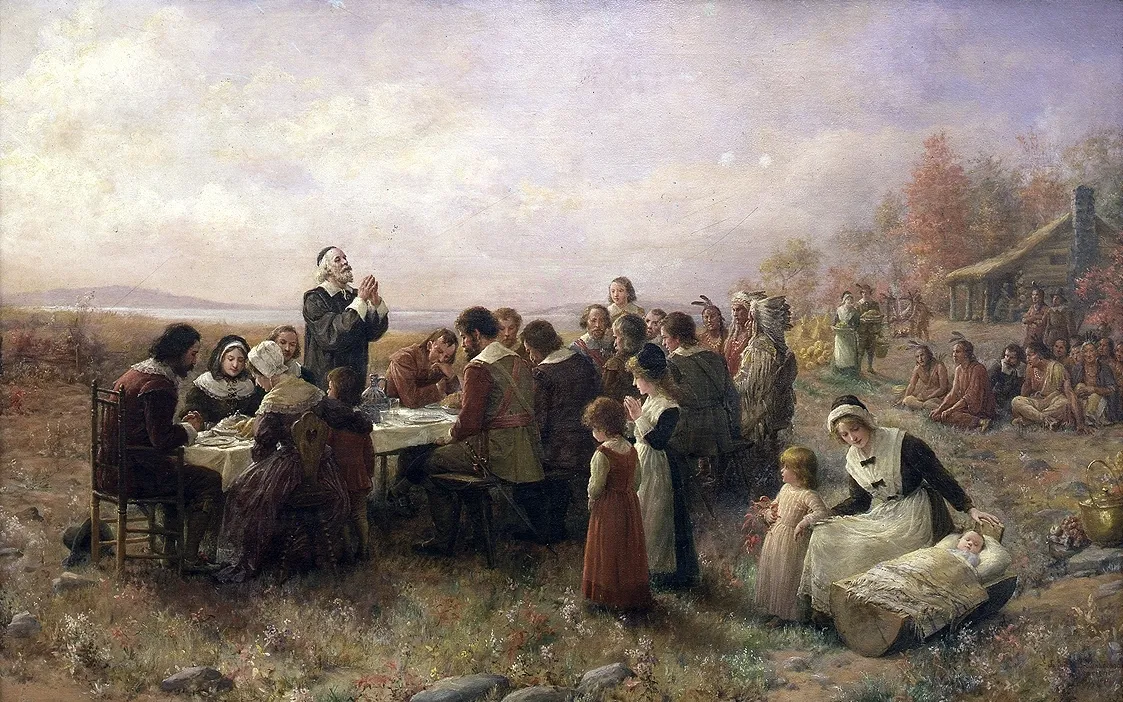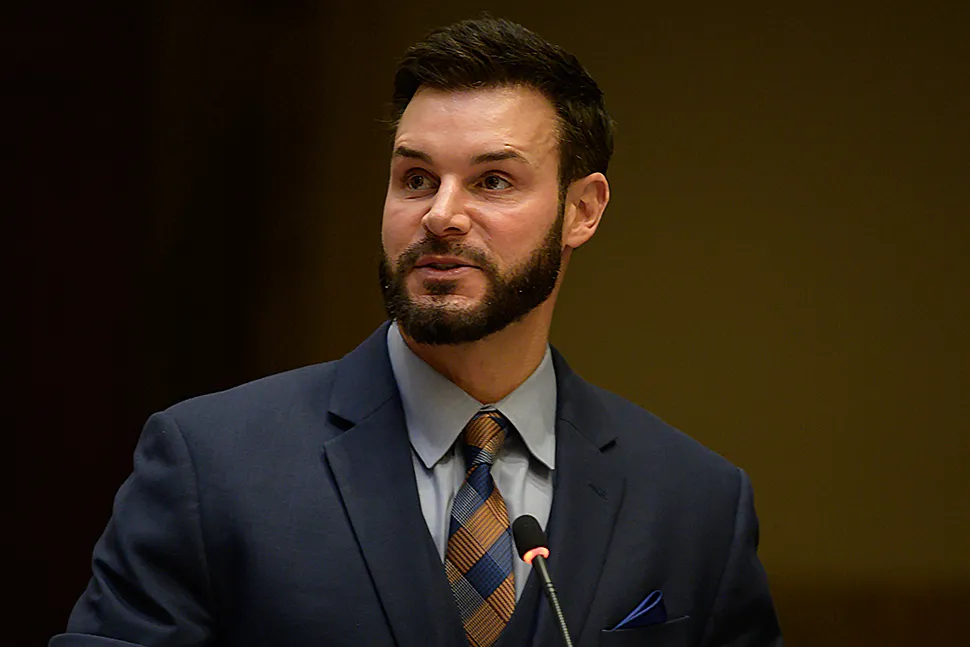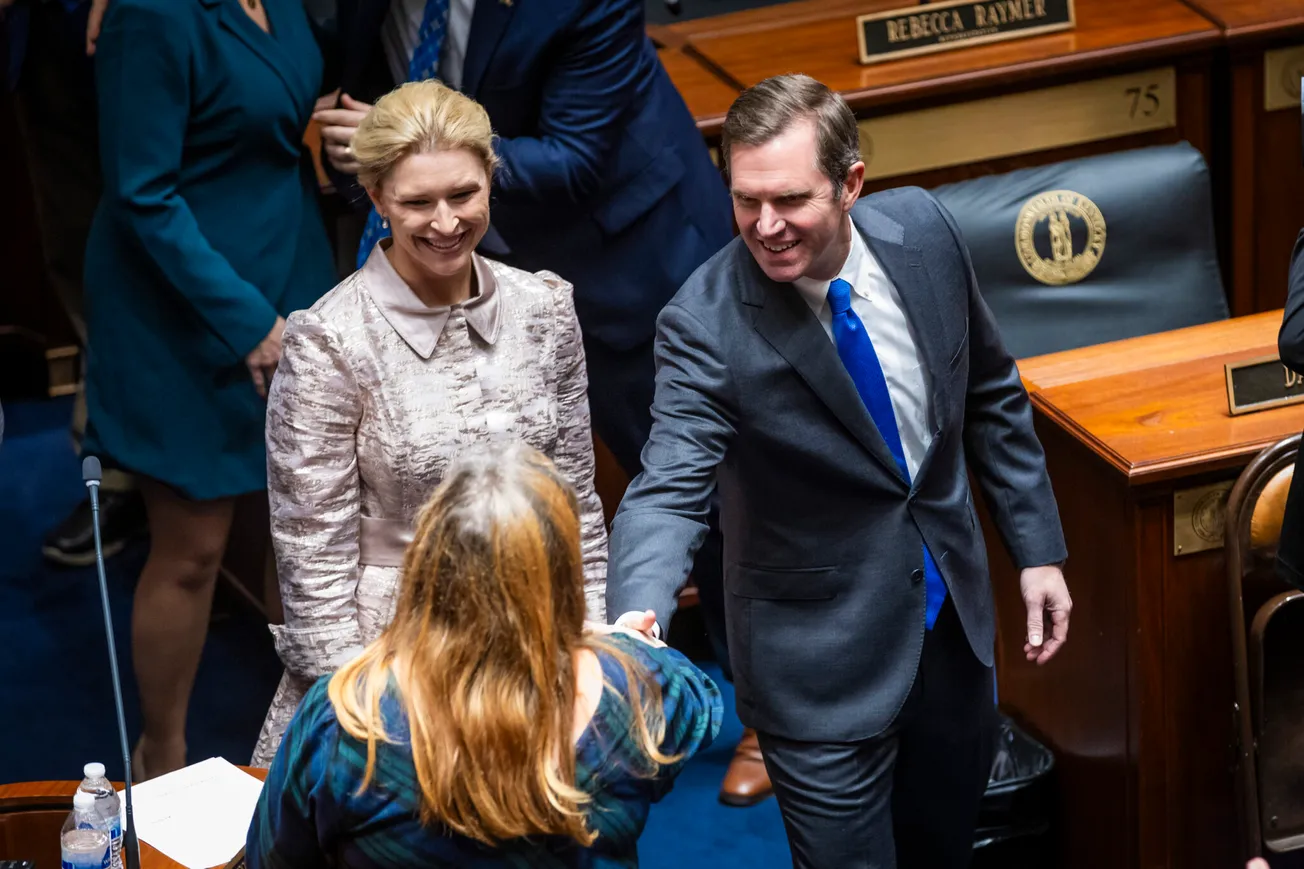Imagine Thanksgiving without buttery mashed potatoes or yams blanketed in those little toasted marshmallows.
Hold the cranberry sauce and pumpkin pie, too.
Turkey maybe, but no dressing. The Detroit Lions on TV? Definitely not.
Such was the first Thanksgiving, which the Pilgrims celebrated in 1621. For the record: they didn’t call themselves “Pilgrims” or name their famous feast “Thanksgiving.” Those handles were applied later.
Radical Protestants, the Pilgrims were Puritan Separatists. They wanted out of the established Church of England, which they considered insufficiently Protestant. To escape harassment from the church and the state powers, they opted to relocate to America, where they started their own colony.
Among the first English settlers in America, the Pilgrims rate considerable ink in history books. We learned in school that 102 of them arrived on the Mayflower and named their settlement for Plymouth, England, from whence they sailed across the Atlantic Ocean. (About a third of the migrants had been living in Holland, which was known for its religious toleration.)
The Pilgrims arrived in what’s now Massachusetts in November, 1620. They knew winter was coming fast. So they got busy building sturdy houses against the snow and cold. Even so, 45 of them died from disease and exposure.
In the spring, the survivors planted crops and they reaped a bountiful harvest in the fall. They had ample food to get through the next winter.
Time to party hearty! Oh, wait, they're Puritans, frowny-faced folks who had declared holy war on fun and games. But feasting would be fine.
Their Thanksgiving eventually became America's most famous holiday meal. No matter, records of that first feed are skimpy.
“Our harvest being gotten in, our governor sent four men on fowling, that so we might after a special manner rejoice together after we had gathered the fruit of our labors," a Pilgrim wrote home to a friend. "They four in one day killed as much fowl as, with a little help beside, served the company almost a week. At which time, amongst other recreations, we exercised our arms, many of the Indians coming amongst us, and among the rest their greatest king Massasoit, with some ninety men, whom for three days we entertained and feasted, and they went out and killed five deer, which they brought to the plantation and bestowed on our governor, and upon the captain and others.” (The Plymouth Colony was also known as "Plimouth Plantation.")
The governor, William Bradford, recounted, “And besides waterfowl there was great store of wild turkeys, of which they took many, besides venison, etc. Besides, they had about a peck a meal a week to a person, or now since harvest, Indian corn to that proportion.”
The first Thanksgiving was more like traditional English “harvest home” feasts held to give thanks to God after gathering crops. Growing up in the Mayfield Presbyterian Church, I learned what we called “The Thanksgiving Hymn:”
“Come, ye thankful people, come; raise the song of harvest home.
All is safely gathered in 'ere the winter storms begin.
God our Maker doth provide for our wants to be supplied!
Come, ye thankful people, come; raise the song of harvest home.”
Four centuries later, most Americans celebrate Thanksgiving indoors with their families on the fourth Thursday in November. It's mainly a one-day private observance instead of a three-day communal gathering held outdoors.
We don’t know the date of the first Thanksgiving. Historians are pretty sure it was in September or October, right after the harvest when the days were still warm enough for pleasant al fresco dining.
Late November isn’t prime picnic season in New England – or in Carlisle County, where we live, and Louisville, Forward Kentucky HQ.
So what was on the bill of fare besides venison and wild turkey? Vegetables almost certainly.
The colonists grew onions, cabbage, carrots, leeks, lettuce, spinach and other vegetables in their gardens. Wild grapes, walnuts, and chestnuts could be found in the nearby forests.
The Pilgrims had no potatoes or yams. They may have grown pumpkins, but pumpkin pie was out because they lacked butter or wheat flour. Cranberries were to be had, too – but forget sugar sweet cranberry sauce. They may have enjoyed cranberries as nibbles or used them as a tart garnish.
Plymouth is on the seacoast. So fruits de mer were plentiful, including fish, eels, lobster, mussels, and clams.
Some food historians suggest that turkey wasn’t the featured fowl. Diners probably chowed down on roasted duck or geese because those birds were more accessible and easier to shoot than the elusive turkey.
Contrary to popular belief, the Puritans weren't teetotalers. They were okay with consuming alcohol in moderation. They had beer, but not much to go around. So likely, the Puritans and Native Americans washed down the inaugural Thanksgiving dinner with clean water, which was readily available, unlike back in England. (Also, those stylized paintings aside, the Puritans wore clothes in a variety of colors, not just dour duds in basic black.)
The Pilgrims doubtless appreciated the venison their guests brought. But they'd eaten deer, even back home. However, they were gobsmacked by the contents of a large deerskin bag a Native American opened up.
The sack was filled with what the Pilgrims took for ordinary dried corn kernels. But when the morsels were tossed into a fire, they exploded into little white puffs. Thus, popcorn, one of America's favorite snack foods, debuted at the first Thanksgiving.
Happy Harvest Home to one and all!
--30--








